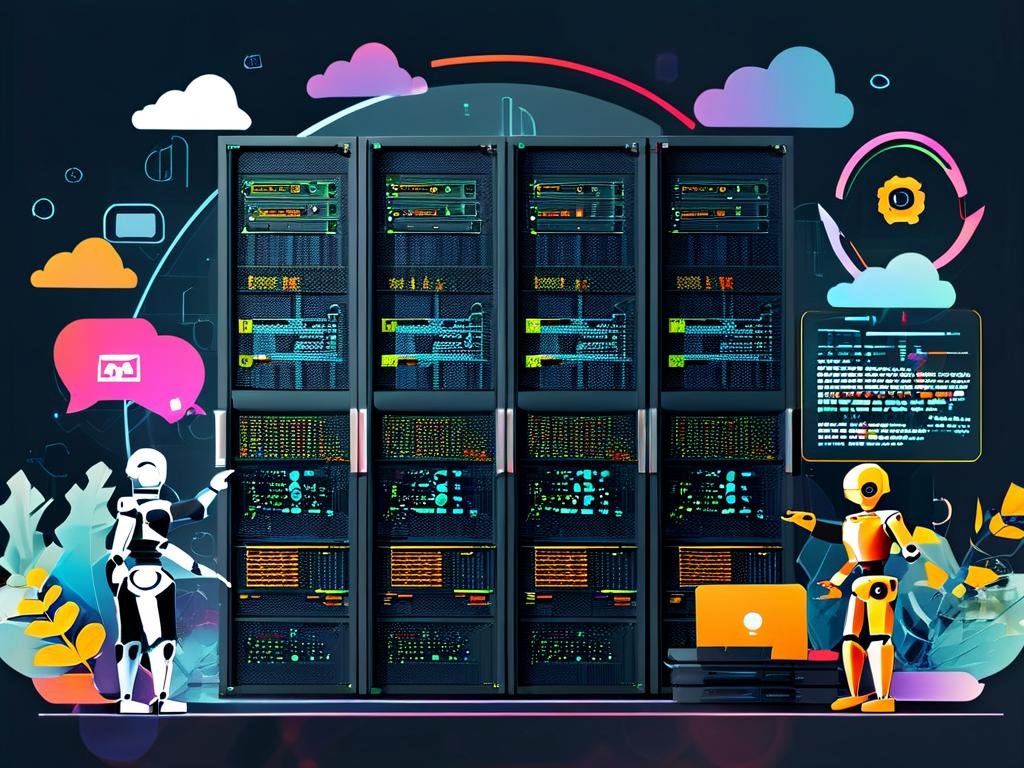In today's fast-paced software industry, adopting an automated deployment-driven approach has become essential for organizations aiming to stay competitive. This methodology centers on using deployment automation as the core driver for the entire development lifecycle, ensuring that code changes are rapidly and reliably pushed from development to production. Unlike traditional methods where deployment is an afterthought, this approach integrates it early, fostering a culture of continuous improvement and reducing bottlenecks. The shift towards such practices stems from the need to accelerate time-to-market while maintaining high quality, especially in agile environments where frequent releases are the norm.

At its heart, automated deployment-driven development relies on key principles like continuous integration and continuous deployment. Continuous integration involves developers merging their code changes into a shared repository multiple times a day, where automated builds and tests run instantly to catch issues early. Continuous deployment takes this further by automatically releasing validated code to production without manual intervention, creating a seamless flow from commit to live environment. This not only speeds up feedback loops but also minimizes human errors that often plague manual processes. For instance, in a typical setup, tools like Jenkins or GitLab CI orchestrate these workflows, pulling code from version control systems like Git and executing predefined scripts. Here's a simple example of a GitLab CI configuration file to illustrate how automation drives deployments:
stages:
- build
- test
- deploy
build_job:
stage: build
script:
- echo "Building the application..."
- mvn clean package
test_job:
stage: test
script:
- echo "Running tests..."
- mvn test
deploy_job:
stage: deploy
script:
- echo "Deploying to production..."
- kubectl apply -f deployment.yaml
only:
- mainThis code snippet demonstrates a basic pipeline where each stage is automated, triggering actions based on code commits. Such implementations highlight how automation acts as the engine, propelling development forward by handling repetitive tasks. Beyond tools, infrastructure as code plays a pivotal role; using tools like Terraform or Ansible, teams define their infrastructure in version-controlled files, enabling consistent and repeatable deployments across environments. This eliminates "it works on my machine" issues and ensures that staging mirrors production closely, reducing deployment failures.
The benefits of this driven approach are manifold. Primarily, it boosts efficiency by slashing deployment times from hours to minutes, allowing teams to release features faster and respond to market demands swiftly. Studies show that organizations implementing such automation report up to 50% fewer outages due to reduced human error. Additionally, it enhances collaboration between development and operations teams, breaking down silos and fostering a DevOps mindset where everyone shares responsibility for the deployment process. Cost savings also accrue as resources are optimized; automated scaling in cloud environments means you only pay for what you use, avoiding over-provisioning. However, challenges exist, such as the initial investment in setup and training. Security can be a concern if not integrated properly, as automated pipelines might expose vulnerabilities if access controls aren't stringent. Overcoming these requires a phased adoption—starting small with non-critical applications and gradually expanding—coupled with robust monitoring using tools like Prometheus or ELK stack to track performance and catch anomalies in real-time.
Looking ahead, the future of automated deployment-driven development is bright, with advancements in AI and machine learning poised to make pipelines even smarter. Predictive analytics could forecast deployment risks, while self-healing systems automatically roll back faulty releases. As more industries embrace digital transformation, this approach will become the standard, not just for tech giants but for startups and enterprises alike. In essence, by making automation the heartbeat of development, teams unlock unprecedented agility and innovation, ensuring they deliver value consistently in an ever-evolving landscape.









